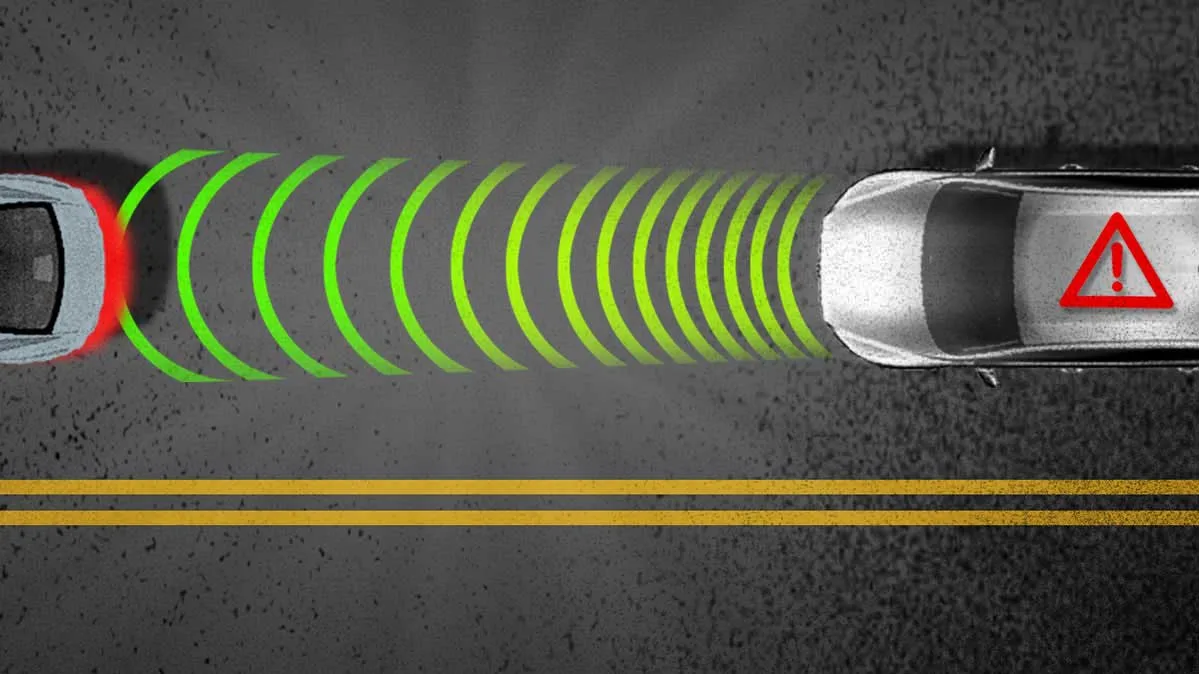The Importance of Regular Sensor Calibration
Precision on the Road: The Importance of Regular Sensor Calibration for Safer Lane Changes in Iowa’s Varied Weather
In the ever-evolving landscape of automotive safety, Advanced Driver Assistance Systems (ADAS) have emerged as crucial companions for drivers, particularly during lane changes. These systems rely on a network of sensors, including those integrated into mirrors, to provide essential data and enhance lane change safety. In this article, we will delve into the significance of sensor calibration, with a specific focus on its impact on lane change safety, particularly in Iowa’s diverse weather conditions.
The Role of Sensor Calibration in Lane Change Safety:
Sensor calibration is a meticulous process that ensures the accuracy and reliability of ADAS sensors, especially those used for lane change safety. Here’s why it’s critical:
- Precise Detection: Accurate calibration aligns sensors to cover blind spots effectively, ensuring that they can detect vehicles approaching from adjacent lanes during lane changes.
- Minimizing False Alerts: Calibration fine-tunes the detection zones of sensors to reduce false alerts while still providing timely warnings when necessary, preventing driver distraction.
- Optimal Functionality: Proper calibration helps maintain the optimal functionality of ADAS features such as blind-spot monitoring and lane-keeping assist, contributing to safer lane changes.
Iowa Weather and Its Impact on Sensor Calibration:
Iowa’s weather is known for its diversity, ranging from scorching summers to frigid winters and everything in between. These varying conditions can have a significant impact on sensor calibration and lane change safety:
- Extreme Temperatures: Iowa experiences both extreme heat and cold throughout the year. Temperature fluctuations can affect sensor performance. In cold weather, sensors may become less responsive, while extreme heat can cause them to overheat. Regular calibration helps sensors adapt to these temperature changes.
- Winter Challenges: Iowa winters can bring heavy snow and ice, which can accumulate on sensors, obstructing their view and affecting their accuracy. Regular sensor calibration ensures they are aligned to compensate for these obstructions.
- Rain and Fog: Rain and fog can also impair sensor functionality, reducing their ability to detect objects accurately. Calibration can help sensors adapt to these conditions and provide reliable information to the vehicle’s ADAS.
- Maintenance of Roadways: Iowa often uses salt and de-icing chemicals on its roads during winter. These substances can corrode and damage sensors over time. Proper calibration and regular maintenance can help mitigate these effects.
Sensor calibration is a critical aspect of maintaining lane change safety and the overall functionality of ADAS systems, especially in Iowa’s varied weather conditions. Ensuring that sensors are correctly calibrated and realigned as needed is essential for accurate blind-spot monitoring, lane-keeping assist, and other safety features, especially in the face of extreme temperatures, winter challenges, and adverse weather conditions. To determine how often you should recalibrate your sensors in Iowa, consult your vehicle’s manufacturer recommendations, monitor environmental conditions, and be proactive in addressing any issues that arise. By prioritizing sensor calibration in the context of Iowa’s unique weather challenges, you contribute to safer lane changes and a more secure driving experience on the state’s diverse roads.
Truman’s a leading expert in ADAS Calibration
Here at Truman’s Automotive & ADAS Calibrations, we’ve invested in the safety of our customers by expanding our automotive repair services to include ADAS Calibrations. These ADAS Calibrations are at the forefront of the modern driver’s safety. Nowadays, new drivers are co-dependent on this technology to drive. Drivers now trust sensor warnings and listen for noises indicating obstacles as they make lane changes. When these warnings are off it can be deadly. Our drivers come to us for regular sensor checks and re-calibrations after winter. This ensures that your vehicle is safe to drive for you and your family. For more questions or to schedule an ADAS check, contact us at Trumans.

